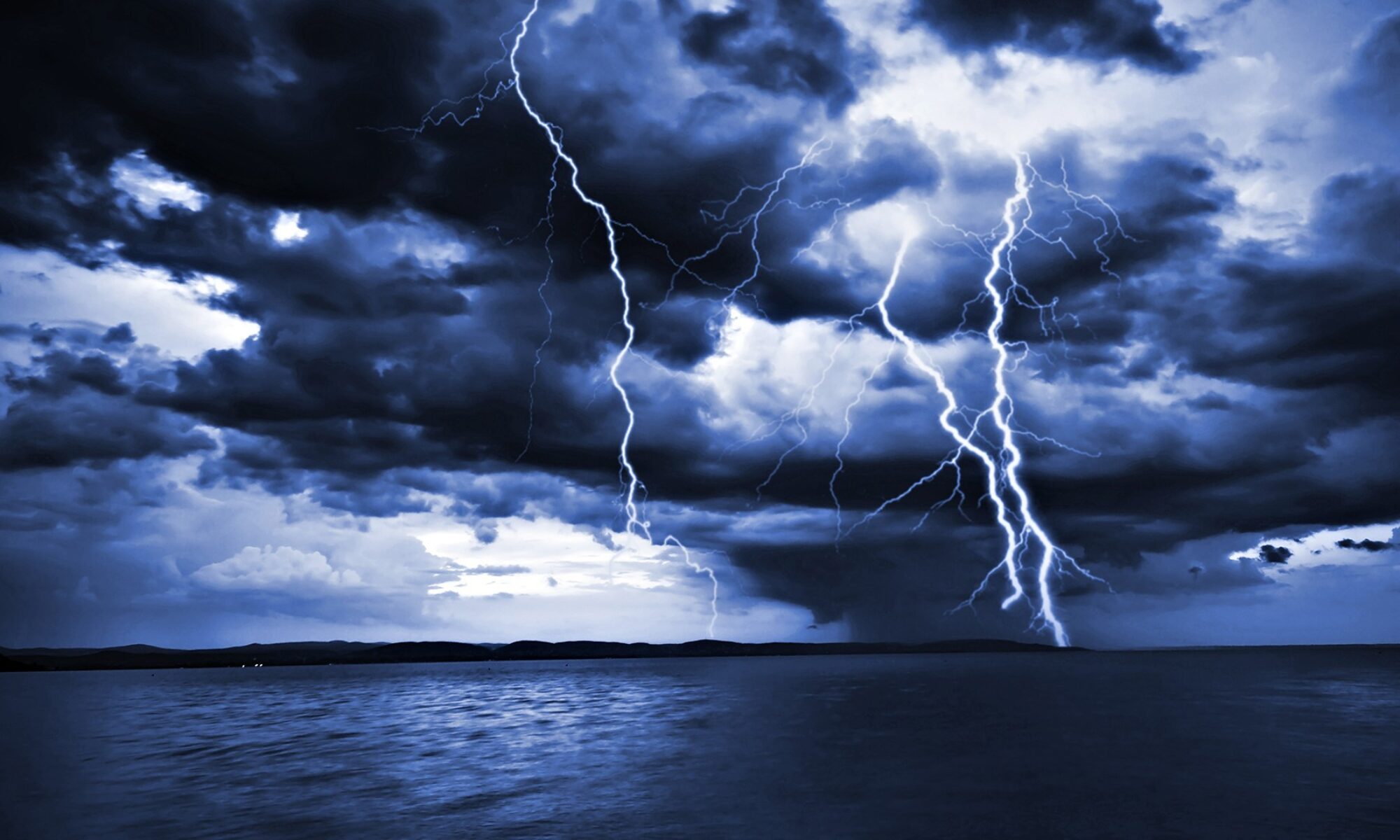The Atlantic, Caribbean and Gulf of Mexico Tropical Storm and Hurricane Season runs officially from June 01 to November 30 each year.
The frequency and intensity of developing storms in these areas is directly tied to the average surface water temperature in the Equatorial Pacific Ocean. If a warmer than average water temperature in the Pacific is seen, the effect is called El Nino. If a cooler than average water temperature in the Pacific is seen, the effect is called “La Nina”.
As of late February, 2018, we are seeing a La Nina pattern and if this continues for a few more months, the 2018 Tropical Storm and Hurricane Season in the Atlantic, Caribbean and Gulf of Mexico could see a marked increase in storm formation.
We are monitoring this condition and will post updates as needed.
For information on all named Tropical Storms or Hurricanes, use the link below to the National Hurricane Center.
http://www.nhc.noaa.gov/
================================================
“These are not official advisories. These updates and advisories are based upon information from our own computer models, NOAA, Local Weather Data Centers, deep water Buoy Data, and other publicly available sources. FOR THE SAFETY OF YOUR PROPERTY AND PERSON, please refer to your Local, State, and Federal Authority updates for Official Advisories and Orders. For up to the minute advisories and official updates, it is essential that you monitor your local Emergency Government, NOAA and Local Media Broadcasts. Please do not make personal safety decisions based upon information presented here.”
https://gulfstorm.net
Tropical Storm Research Center, Gulf Shores, Alabama
===========================================
